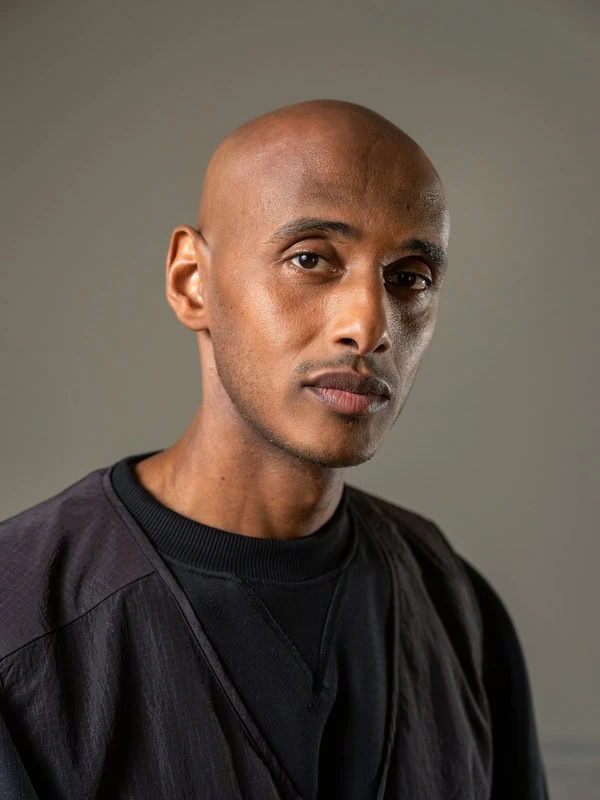Game balance is a cornerstone of compelling game design, ensuring that players experience a fair yet challenging environment. It involves fine-tuning various elements—such as difficulty levels, resource distribution, and character abilities—to create a harmonious gameplay experience. A well-balanced game maintains player engagement by providing appropriate challenges that neither frustrate nor bore the player. This equilibrium is crucial across genres, from strategy games to first-person shooters, where the interplay of mechanics must feel just and rewarding.
Achieving balance often requires implementing feedback loops. Positive feedback loops reward players for success, potentially accelerating their progress, while negative feedback loops introduce challenges that prevent any single player from dominating too easily. For instance, in real-time strategy games, a player gaining more units might face increased resource costs, preventing runaway victories and keeping competition tight. These mechanisms ensure that games remain competitive and enjoyable for all participants.
Moreover, balance extends beyond mechanics to encompass accessibility and inclusivity. Designers must consider diverse player abilities and preferences, ensuring that games are approachable without sacrificing depth. This includes offering customizable controls, adjustable difficulty settings, and clear tutorials. By prioritizing balance in both challenge and accessibility, developers can create experiences that are both fair and universally engaging.






